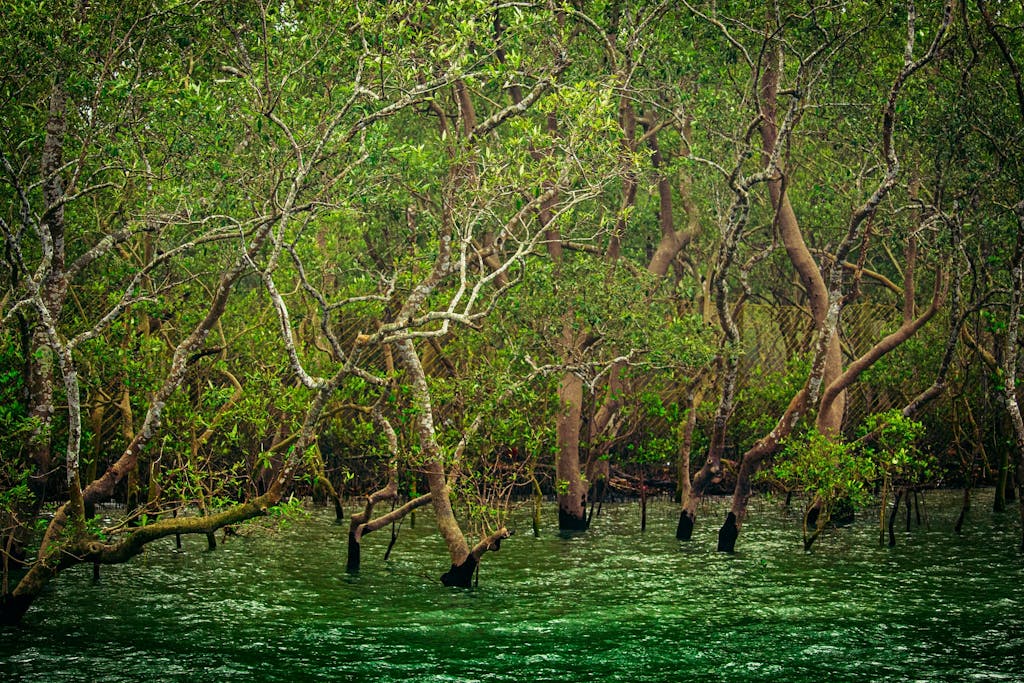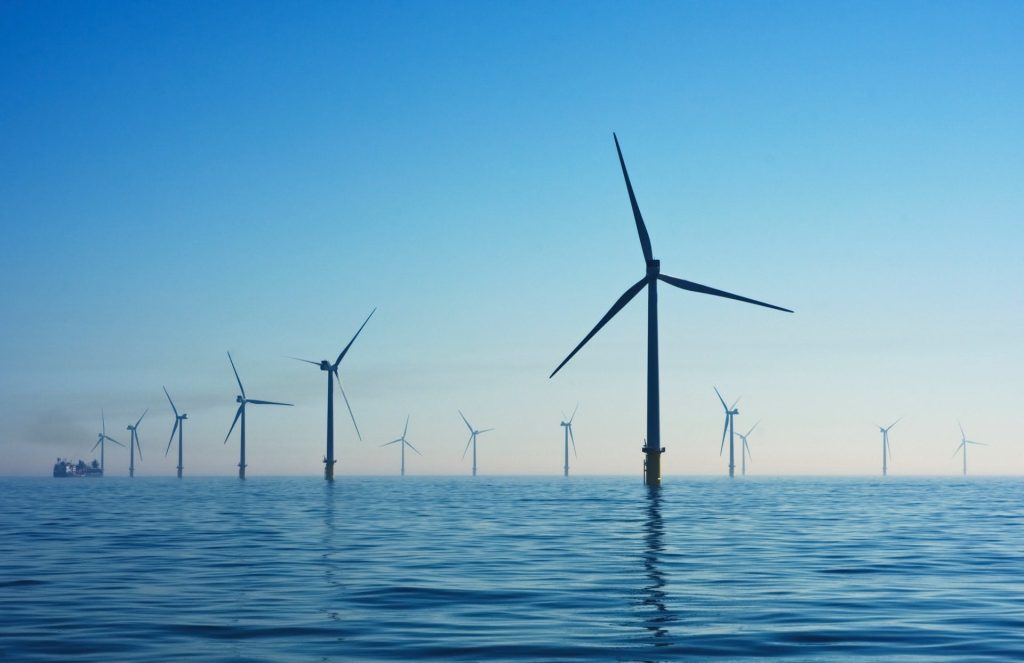This weblog was co-authored by: Susan Ruffo, Senior Adviser for Ocean and local climate, UN basis; Justin Kenney, Senior Adviser for Ocean and local climate, UN basis; Anna-Marie Laura, Director, local climate coverage, Ocean Conservancy; and Luis Estévez-Salmerón, Senior supervisor, worldwide authorities Relations, Ocean Conservancy.
virtually three-quarters of Earth’s floor is roofed by ocean. World leaders searching for to confront the local climate disaster ought to understand that the ocean is being damaged by local climate change – nonetheless it might additionally play a substantial half in delivering the options we’d like.
in response to the Intergovernmental Panel on local climate Change (IPCC) particular Report on the Ocean and Cryosphere in a altering local climate, the ocean has absorbed greater than ninety% of the surplus warmth inside the local climate system and for the rationale that Nineteen Eighties has taken in 20-30% of human-induced carbon dioxide emissions. whereas the ocean might look the identical as a end result of it always has, beneath the floor it is getting hotter, extra acidic, and fewer productive.
nonetheless the ocean is very greater than a sufferer of local climate change — it is typically a vital an factor of the reply. A report commissioned by the extreme-diploma Panel for a Sustainable Ocean financial system found that by 2050 ocean options might contribute as a lot as one-fifth of the annual greenhouse gasoline (GHG) emission cuts wished to restrict world temperature rise to 1.5°C. on the identical time, these ocean-based mostly options can create jobs, maintain livelihoods and communities, and lead to a extra healthful ocean.
What are ocean-based mostly local climate options? in any case, they scale again GHG emissions and enhance the resilience of people and nature inside the face of local climate impacts we can not cease. however ocean-based mostly local climate options usually are not simply land-based mostly options utilized to the ocean. they will, and should, be designed for ocean and coastal communities, ecosystems, and sectors and utilized with consideration for the distinctive governance, environmental circumstances, and pure assets found inside the ocean. interested in factors like power manufacturing or transportation with an ocean perspective can be optimistic that the options developed will current as many advantages as a end result of the ocean itself — defending meals and livelihoods, producing financial development, and conserving amongst the numerous most wonderous areas on the planet — all whereas delivering local climate advantages.
that can not be some futuristic dream. we’re in a place to deploy ocean-based mostly local climate options now to assist us preserve close by of the purpose of limiting world warming to 1.5ºC and preserve our ocean and coastal communities thriving. nations world vast have already created replicable and scalable examples. the usa, with its large and numerous ocean and coastal ecosystems, might even be a champion on these factors as a end result of it seeks to step again as a lot as a place of world local climate management.

Ocean-based mostly clear power
From offshore wind to wave and tidal power, the ocean is an ample supply of renewable power, and we have the utilized sciences to faucet into it. enchancment, nonetheless, should be achieved responsibly, contemplating fishing, fragile ecosystems, and completely different ocean priorities. the united kingdom, the world’s largest offshore wind power producer, has dedicated to generate over 30% of its electricity from offshore wind by 2030. And just these days, the U.S. dedicated to power greater than 10 million homes with offshore wind, ample to minimize seventy eight million tons of carbon dioxide (CO2). If nations are dedicated to properly-deliberate and responsibly developed ocean-based mostly renewable power, it might current one-tenth of world electricity demand and save over three billion tons of CO2 yearly whereas additionally serving to coastal communities to thrive.
clear marine transport
Marine transportation from cargo ships to native ferries emits virtually three% of world GHG emissions, collectively with black carbon, whereas associated ports and amenities produce air air pollution that negatively impacts traditionally marginalized and overburdened port communities. This sector is ripe for innovation and ambition with such alternatives as transitioning to low or zero carbon fuels, sluggish steaming, bettering power effectivity or wind-assisted propulsion, renewable power when in port, and extra.
amongst the numerous world’s largest ocean states, comparable to a end result of the Marshall Islands and the Solomon Islands, are placing forth revolutionary proposals, comparable to a carbon worth on delivery, that would velocity up the adoption of zero carbon fuels whereas supporting evaluation and enchancment and local climate adaptation for weak nations. reducing each worldwide and home emissions in marine transport can mitigate anyplace from 500 million to 1.eight billion tons of carbon dioxide between 2030 and 2050. It might additionally assist power breakthroughs in completely different sectors, enhance air extreme quality for port communities, and create jobs.
Nature-based mostly local climate mitigation
Coastal wetlands comparable to mangrove forests, salt marshes, and seagrass beds can sequester three to 5 instances as a lot carbon as tropical forests if protected appropriately, whereas additionally serving as buffers from storms and storage areas for floodwaters. due to meticulous evaluation, the IPCC has adopted methodologies for measuring how defending these areas can contribute to nations’ commitments to scale again emissions whereas additionally producing completely different advantages. Recognizing this, as an factor of its up up to now nationally decided contribution (NDC) to the Paris settlement, Costa Rica pledged to defend one hundred% of its coastal wetlands by 2025, contributing to emissions reductions whereas making sure the continuation of completely different vital features comparable to sustaining water extreme quality and reducing erosion. If the 151 nations which have not any decrease than one so-acknowledged as blue carbon ecosystem did the identical, emissions reductions might roughly equal all of South Korea’s emissions.

collectively with its potential to scale again GHG emissions, the ocean has an indispensable function to play in making sure all life on Earth is resilient inside the face of the local climate change impacts we’re already experiencing. we’re in a place to actively construct up this resilience by, for event, managing fisheries for the impacts of local climate change, or making sure that vital marine protected areas are designed with local climate impacts in thoughts and might defend species as they’re pressured to maneuver inland or to cooler waters. on this style, defending 30% of our ocean will proceed to assist us and nature climate the impacts of local climate change which would possibly be already in movement.
Of the forty coastal nations that submitted or up up to now their NDCs in 2020, 37 of them included ocean-based mostly local climate options. Costa Rica, Fiji, Chile, and Cabo Verde are amongst these main the biggest means, making bold commitments to pay money for blue carbon, decarbonize delivery, and prioritize rising protected areas. Addressing the local climate disaster is our most pressing collective precedence. Ocean-based mostly local climate actions are a vital an factor of the reply which would possibly be proper in entrance of us and in a place to go.
Featured picture: Nicholas Doherty/ Unsplash

